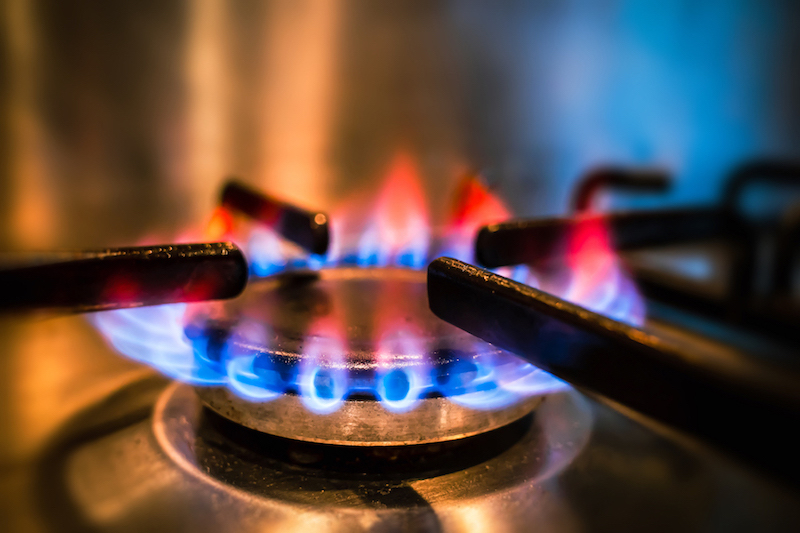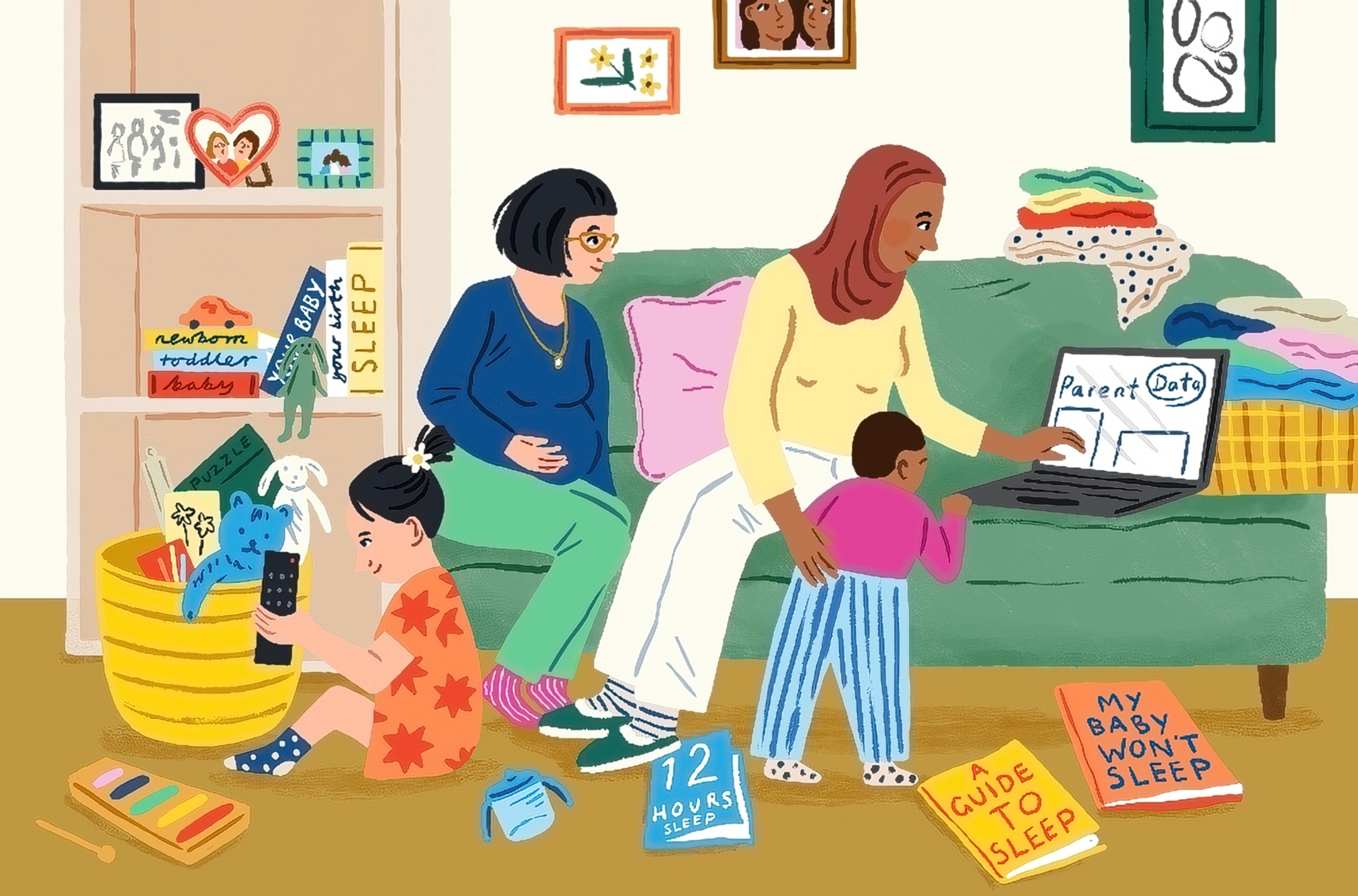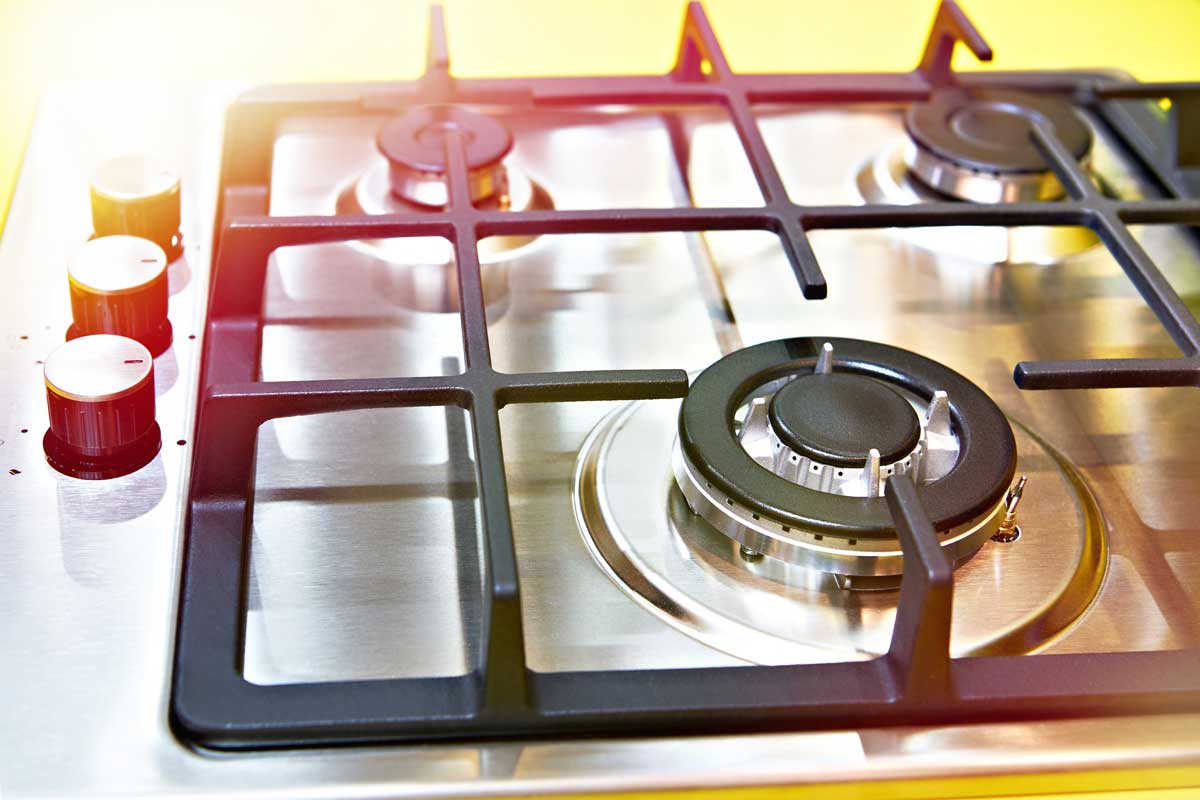Over the past few years, amid all the other stuff we have to panic about, there has been renewed focus on the possible health dangers of gas stoves. In 2020: “Why Gas Stoves Are More Hazardous Than We’ve Been Led to Believe.” In 2023, “Gas stove pollution causes 12.7% of childhood asthma.” In March 2025: “The problem is far worse than we thought.” The Biden administration even considered banning gas stoves at one point.
Gas stoves are a concerning panic headline partly because so many of us have them and like them. Perhaps more importantly: switching out stove types (let alone natural gas boilers, etc., etc.) may be really, really expensive.

Given these switching costs, it makes sense to ask of the data: Are there actually significant health concerns? Do they contribute to childhood asthma, as is claimed?
(I will note that many people also have climate concerns with gas stoves. This is a more complicated question than it might seem at first, since the climate impact depends on how your electric grid is powered. These are crucial questions but not what I am going to focus on here.)
What is the controversy with gas stoves?
The main concern about gas stoves relates to indoor air pollution and whether or not the byproducts of natural gas (particulate matter, nitrogen dioxide, carbon monoxide, and others) could cause asthma or other respiratory problems, particularly in children.
Indoor air pollution is a big issue for human health, especially in the developing world. The World Health Organization cites it as the most important environmental health risk in the developing world. Most exposure in the developing world comes from indoor cookfires or inefficient stoves that are fueled by things like kerosene or coal, and higher exposure levels are associated with worse health and increased mortality. Improving cooking technologies is an important policy issue, and many NGOs are focused on technologies like solar cookstoves that avoid open indoor flames.
There is a big step, though, between indoor cookfires in small dwellings with poor ventilation and the natural gas stoves that are in most modern homes. The level of indoor air pollution produced by gas stoves is significantly lower than that of open cookfires. The question is: at the levels you might experience from a gas stove in your home, is there evidence of harm?
What is the relationship between gas stoves and asthma?
When we turn to the question of harm, the most concerning and persistent issue is the possibility that gas stoves exacerbate childhood respiratory issues, especially asthma. This concern was summarized well by a 2022 paper that claimed that a large share (almost 13%) of childhood asthma was caused by gas stoves. The problem, though, is that the existing data the authors used to make the calculations is flawed.
The data on gas stoves and asthma relies on observational data. There are many papers like this, and they have a familiar shape. Specifically, they compare asthma rates in children whose families do and do not have gas stoves.
A 2013 meta-analysis combines 41 of these papers. The estimates from the papers vary widely — from those that suggest no link up to those that suggest gas stove ownership could double asthma rates — but when combined together, the estimate is that gas stove ownership increases asthma rates by about 30%. In the U.S., an estimated 8.3% of children have asthma. These results therefore indicate that gas stove ownership could increase the risk of asthma by 2.8 percentage points. (The 2022 paper takes these estimates and uses them in its calculations.)
As with any analysis of this type, though, we may have concerns that the ownership of gas stoves is not random. It’s worth going yet another layer deeper and diving into some of the individual papers.
A 2004 study of about 6,000 children in Russia found an increase in doctor-diagnosed asthma in children living in homes with gas cooking. This is the study in which the risk of asthma is doubled in homes with gas cooking. However, the authors run lots of analyses, and those do not all line up — for example, they find no evidence that gas cooking increases wheezing or asthma-like symptoms — making it possible that some of what they are seeing in the data are diagnosis differences.
Among the largest papers in the meta-analysis is a 1991 publication that looked at the determinants of asthma and wheezing in nearly 18,000 children in Canada. The authors find that gas cooking is significantly associated with asthma (but not wheezing) in the data. They caution that only a very small share of respondents (about 5%) use gas cooking.
For the most part, the other papers in the meta-analysis have similar features. They tend to show positive correlations between asthma and gas stove exposure, but the effects are a bit noisy and they do not necessarily paint a consistent picture. A 2013 paper finds, for example, a link with asthma for girls but not boys, and no links with other respiratory issues.
What are the takeaways?
It is easy to get into the weeds here, and the reality is that this is a hard problem. Gas stoves emit nitrogen oxides. We know that generally air pollution (which includes nitrogen oxides) can exacerbate respiratory issues. Indoor, unventilated air pollution is especially problematic. And there may be reasons to move away from gas stoves for climate reasons.
However: the magnitude of these health concerns, in most of the estimates, is small. And beyond that, we do not see the kind of smoking gun in any of these data that would suggest a really consistent link between gas stoves and asthma.
Another way to put this is that there are clearly many, many factors other than gas stoves that explain asthma. Some of these may also be environmental. But I’m skeptical that gas stoves play a huge role. One way to conceptualize that is to look at broad variation across space.
The graph below shows the gas stove ownership share (from the American Housing Survey, conducted by the U.S. Census Bureau) for states for which we have measurements, graphed against childhood asthma rate.
There is no striking relationship. Even though Illinois has a much, much higher share of gas stove ownership, the childhood asthma rate is lower than in Florida, with very low gas stove ownership. Does this mean that gas stoves do not matter? No. But it suggests that other things matter a lot more.
Should you replace your gas stove?
First, there are reasons to own gas stoves — namely, you may already have one and it’s expensive to replace, and you might just prefer cooking with fire.
Replacing your gas stove immediately is not likely to be necessary for most people. However, if you have a child with asthma (or at risk for it, based on family history), it is something to consider, as you may want to remove any exacerbating features. If you do not, this is not a change with urgency.
If you’re in the market for a new stove anyway, though, it may well make sense to move away from gas. There are the climate issues noted above, and, in general, if given a choice, less pollutant exposure is better than more.
Induction cooktops perform well, with more energy efficiency than electric and none of the air pollution issues. (If I were redoing my kitchen, I would replace our gas stovetop with induction.)
Is there anything you can do right now?
Assuming you are not replacing your gas stove now, there are a few ways to lessen its effects.
First, run the hood fan on your stove when you use it. It should be one that vents outside, not just recirculates the air into the room. It’s not clear how much this matters, but on the margin it should help. Opening a window can also help with ventilation but isn’t always feasible.
Second, at least one study suggests using a HEPA filter with an activated carbon filter. These filters are very good at removing particulates, although not everyone agrees that they effectively remove nitrogen dioxide. Still, it may be worth a try, and the effects on particulates are well established.
What about banning gas stoves altogether?
In the U.S., asthma is much more common in poor children and children of color. Poorly ventilated apartments, possibly with gas cooking, are also more common in those groups. There has already been some discussion of a policy need to ban gas stoves, partially motivated by these reasons.
This overall analysis, though, suggests that such a factor may be small relative to other factors, including other kinds of air pollution from (say) cars. Addressing these inequalities in health is a crucial issue for policy, but equally crucial is to focus on policies that work. Gas stoves are likely a very small part of the picture.
The bottom line
- The main concern about gas stoves relates to indoor air pollution and the effect on childhood asthma.
- In general, air pollution can exacerbate respiratory issues. Indoor, unventilated air pollution is especially problematic. The data on whether gas stoves are a driving factor in asthma rates is mixed, though.
- States with high gas stove ownership do not necessarily have higher asthma rates, suggesting that gas stoves are not the only factor driving asthma rates.
- Replacing your gas stove immediately is not likely to be necessary for most people. However, if you have a child with asthma (or at risk for it, based on family history), it is something to consider, as you may want to remove any exacerbating features. If you do not, this is not a change with urgency.
















Log in
I believe cockroaches are also a major factor in asthma for poor children.